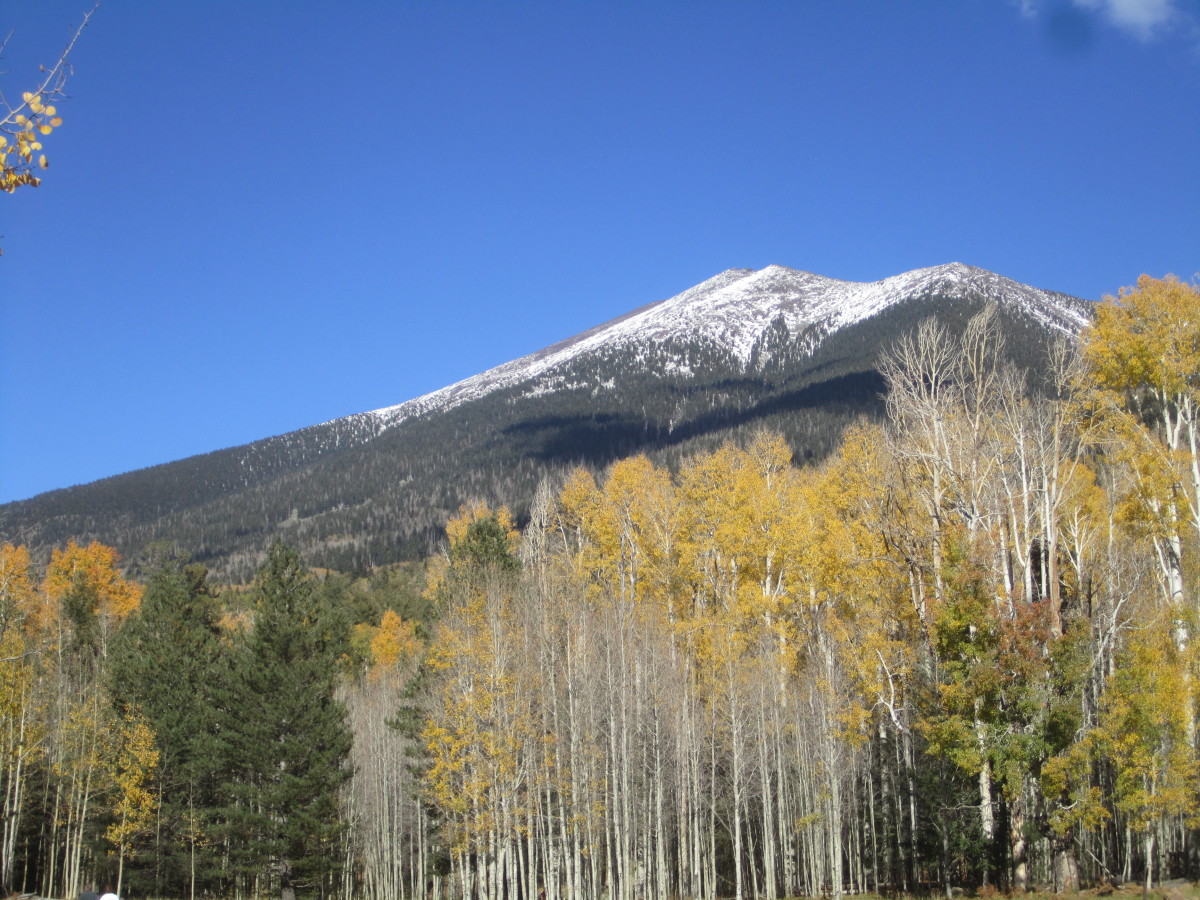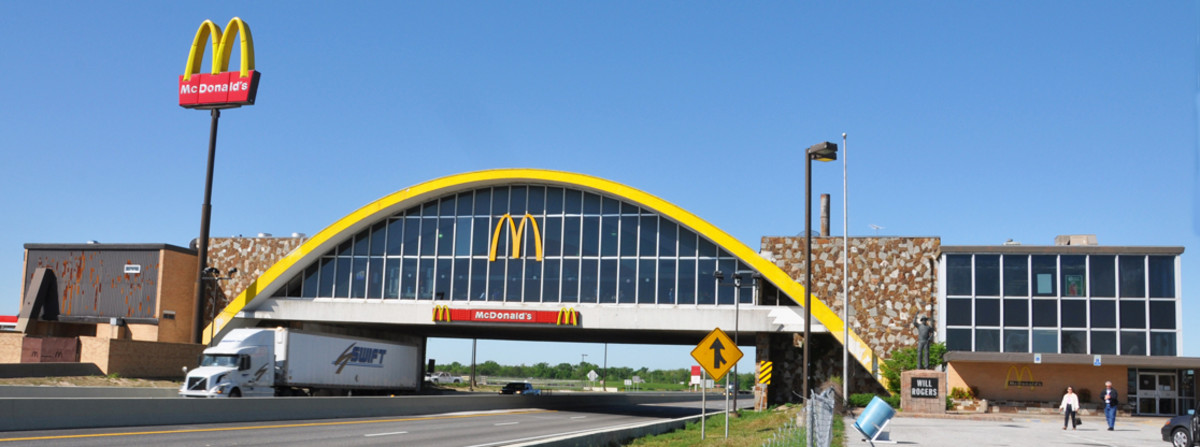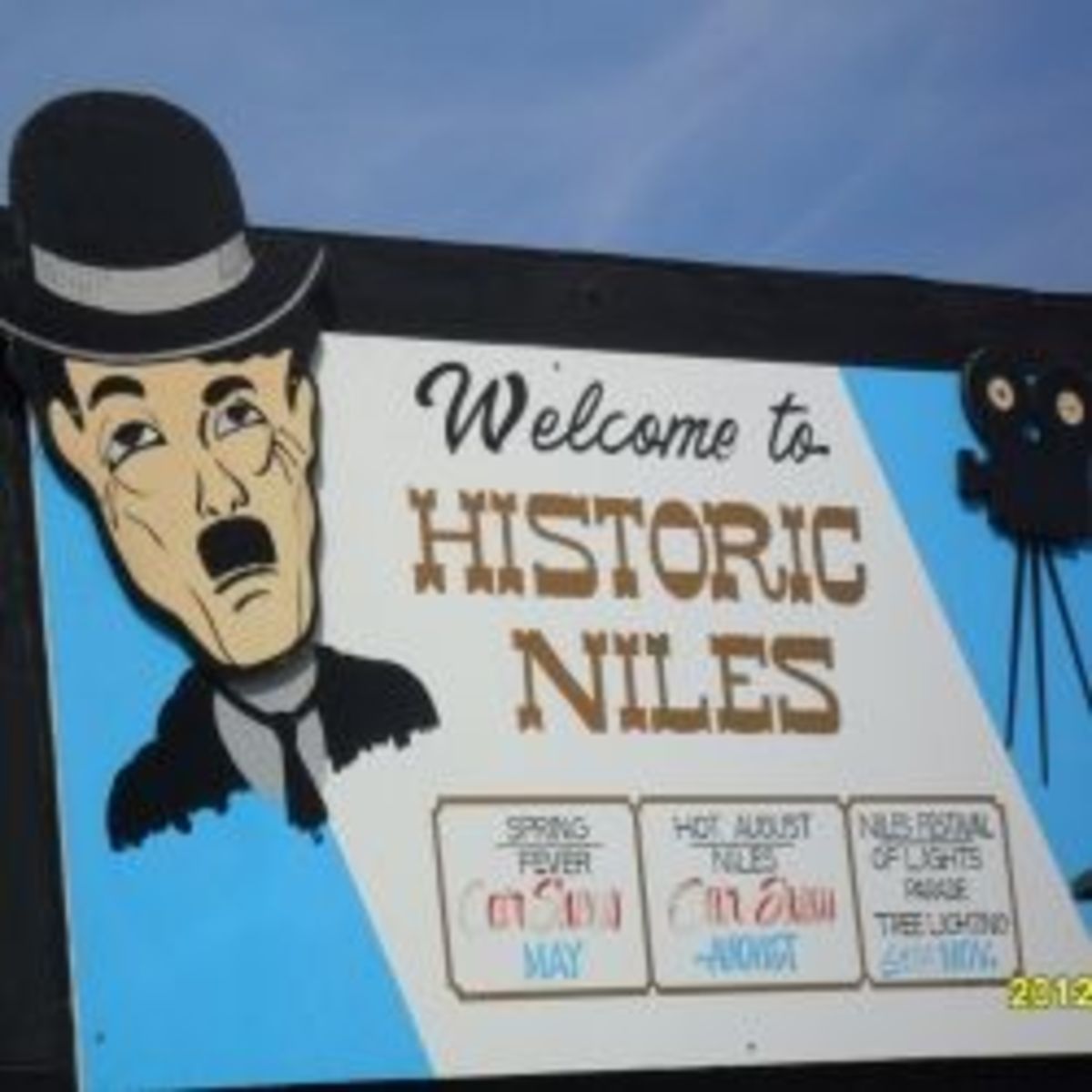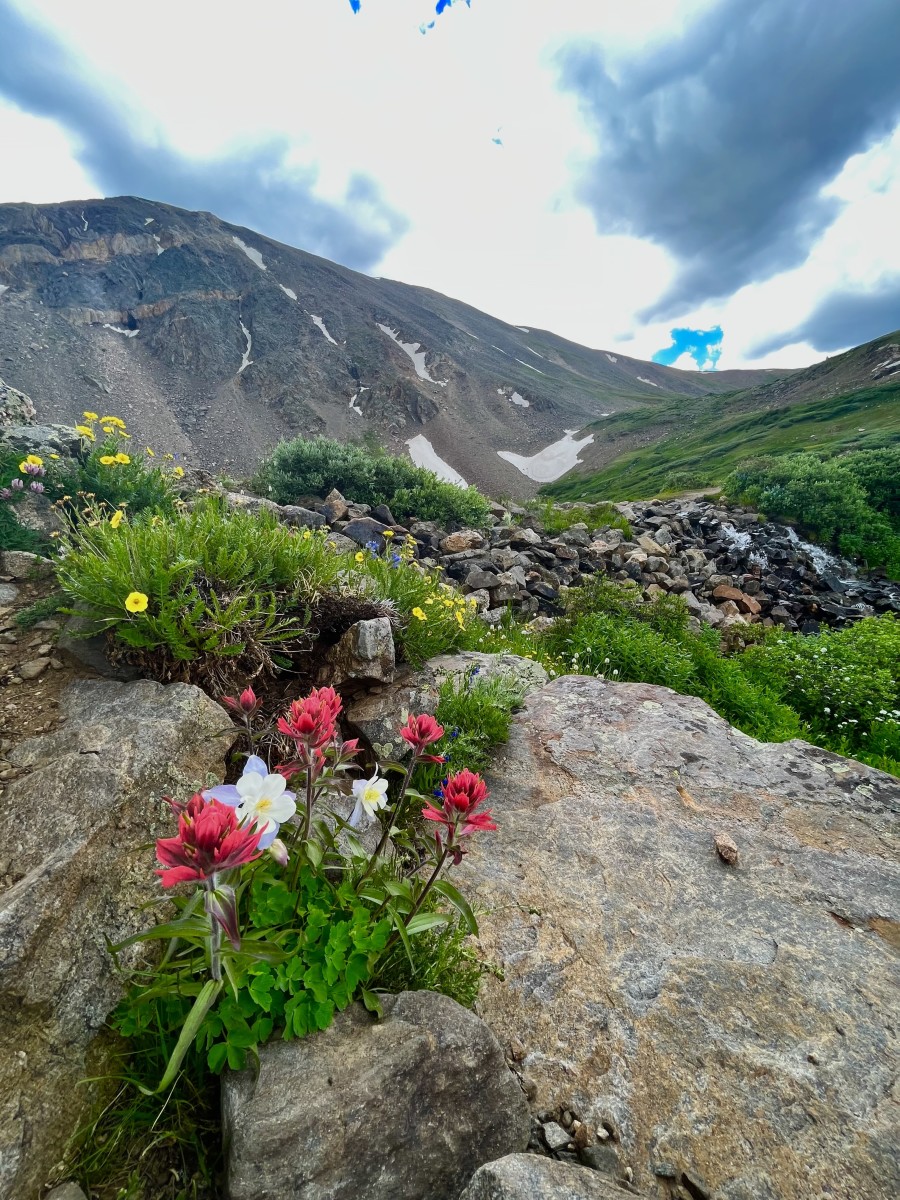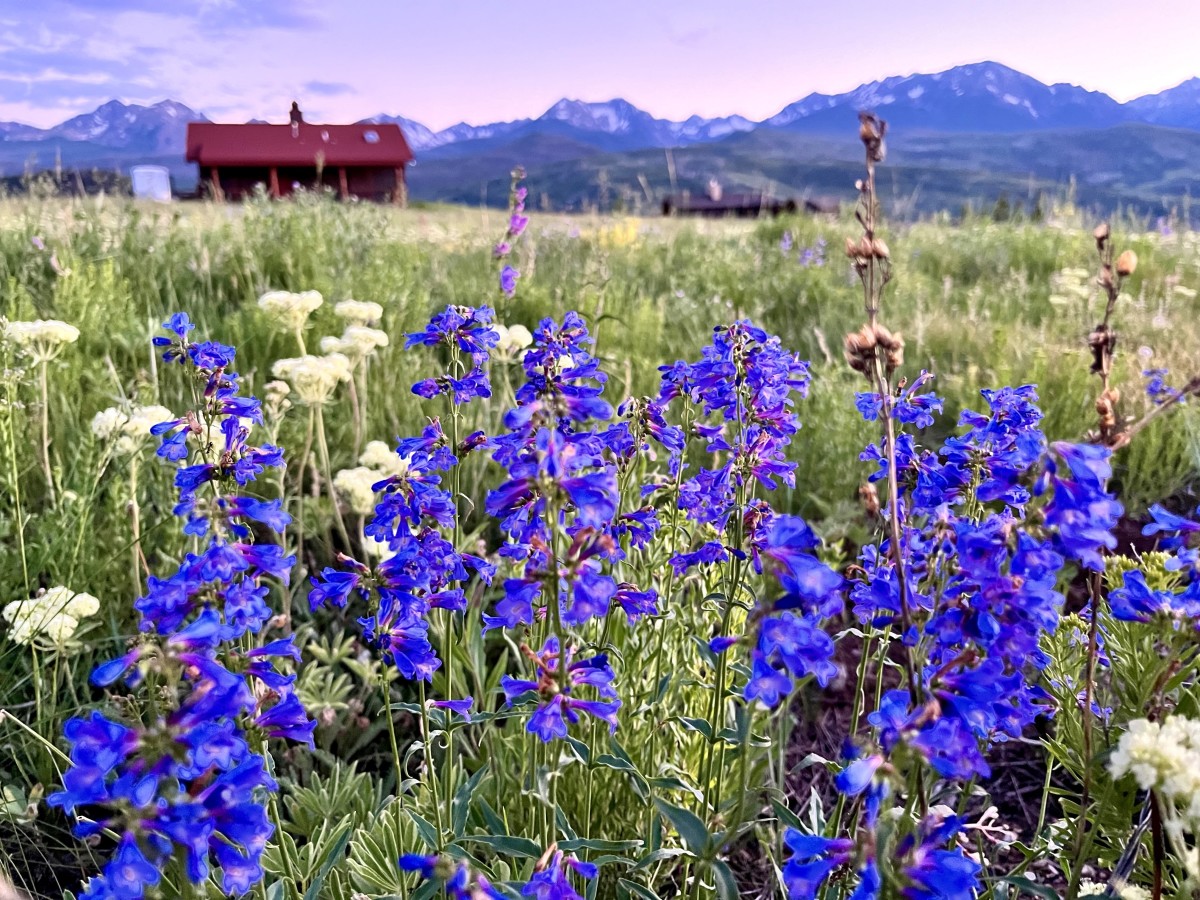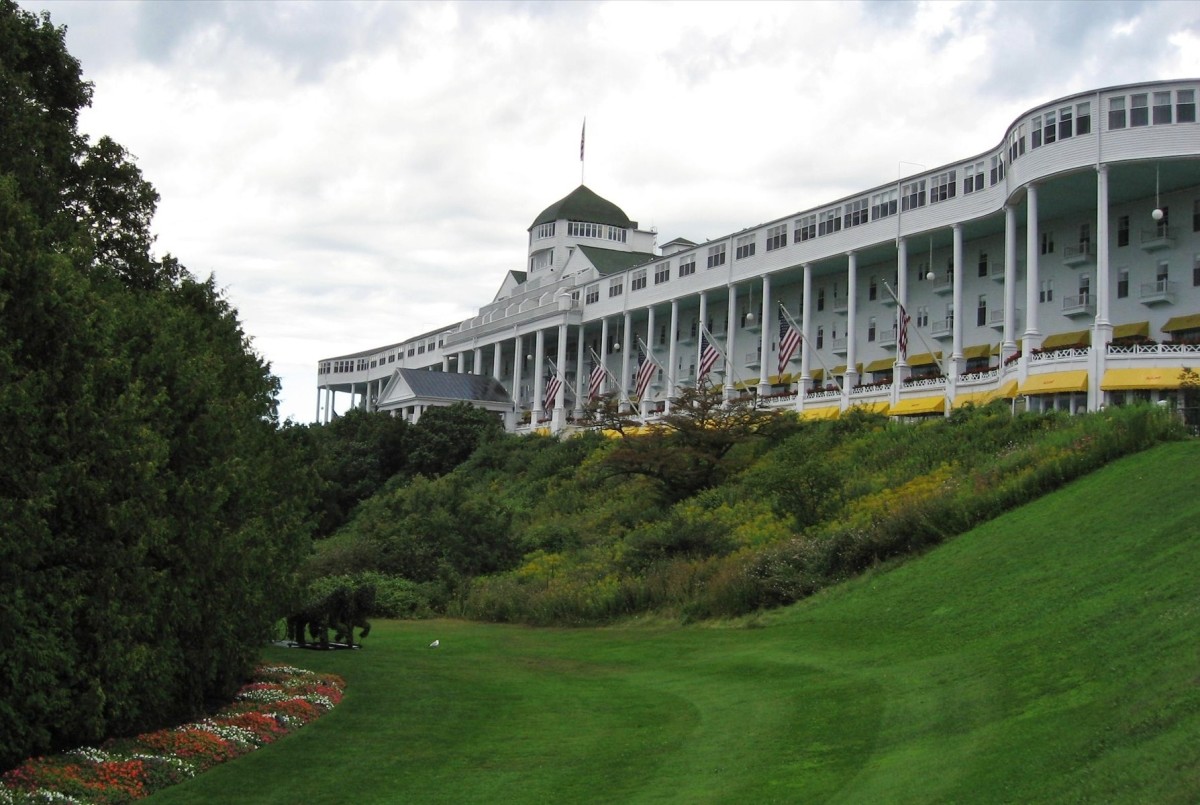Railroad Park: The New Heart of Birmingham

Building a new community
Birmingham, Alabama has long needed a true public space downtown - space for people to meet and talk, celebrate and play, stroll and contemplate. Railroad Park is a new community heart for us. After many years of grieving for lost architectural splendor, we again have a vast work of art at the center of town.
On any sunny day, you can see picnickers and joggers on the broad meadows and wide paths. A few steps takes you out of the crowd onto shady winding trails beside a stony brook, or an herbal walk lined with rosemary bushes, or intimate nooks with benches and trees.
So many features blend together into a harmonious whole: the native plantings, the lake that feeds into a bio-filtration system, the playgrounds, the paths and walls made of repurposed wood and brick, the rain curtain and water lilies and little bridges and more delightful details than I can remember.
Railroad Park doesn't feel like Birmingham, that stuffy overgrown industrial town with a sad past and a doubtful future. The stodgy old buildings, seen across trees and water, are suddenly beautiful. The plaza holds a group of exercisers, the meadow hosts an impromptu ball game, children are shouting in the playground, folks are sitting on isolated benches or meeting on the walking trail...
It doesn't feel like Birmingham anymore. Or else Birmingham feels new.
[Photos by Valerie Proctor Davis and Charlotte R. Proctor]
Alabama Wildflowers - Native plants and grasses in Railroad Park
Click thumbnail to view full-size




Yesterday and Today - A new look for an old town

Quiet Reflections

Some days we just sit on the stone wall by the lake, watching ripples in the water.
Scent of Water
Click thumbnail to view full-size










Friends and Fun

The green meadows fill with people for concerts and events.
Green Spaces
Click thumbnail to view full-size









Roar of Trains

Trains still run through downtown, just a few yards from the elevated walking path.
Playtime
Click thumbnail to view full-size





Path to the Past

Sections of the paths are made of old railway ties and bricks recovered from the site.



































